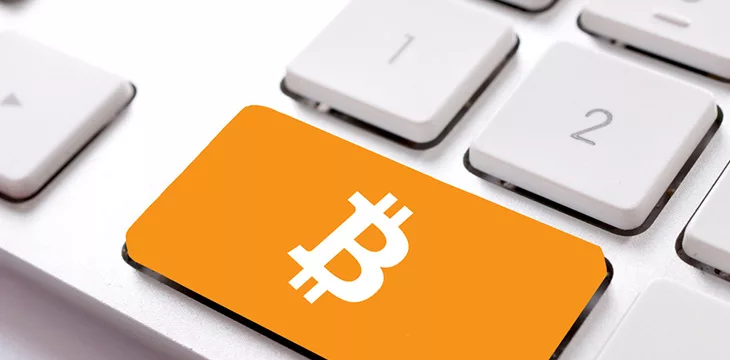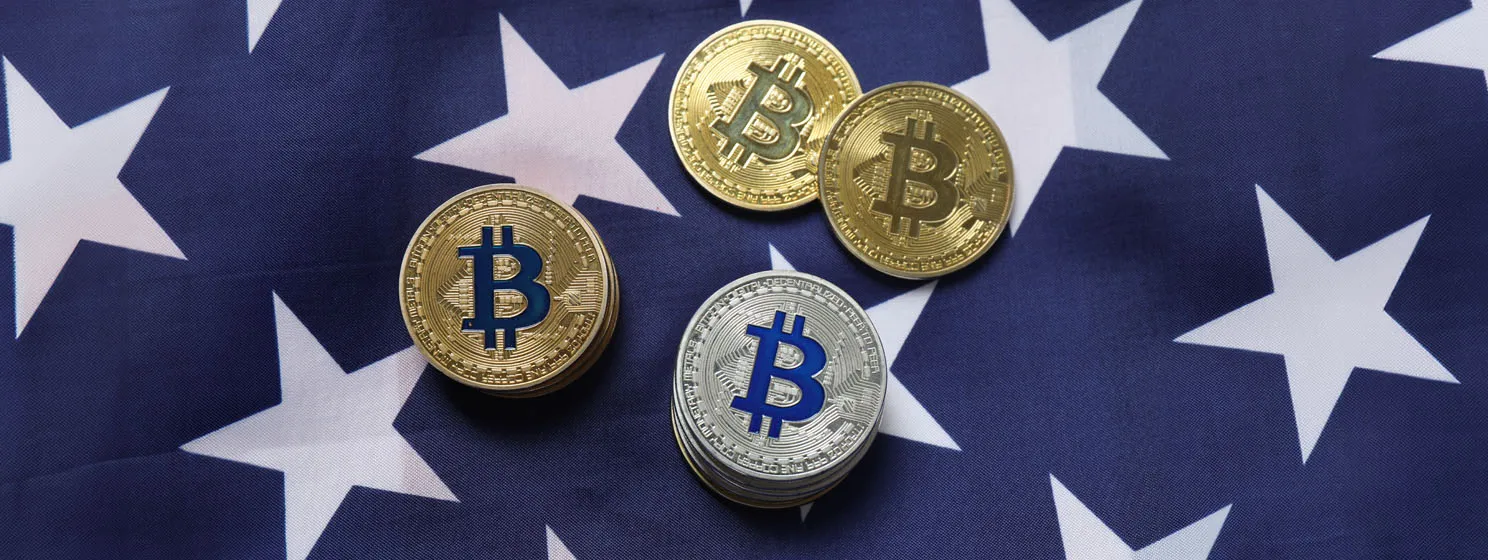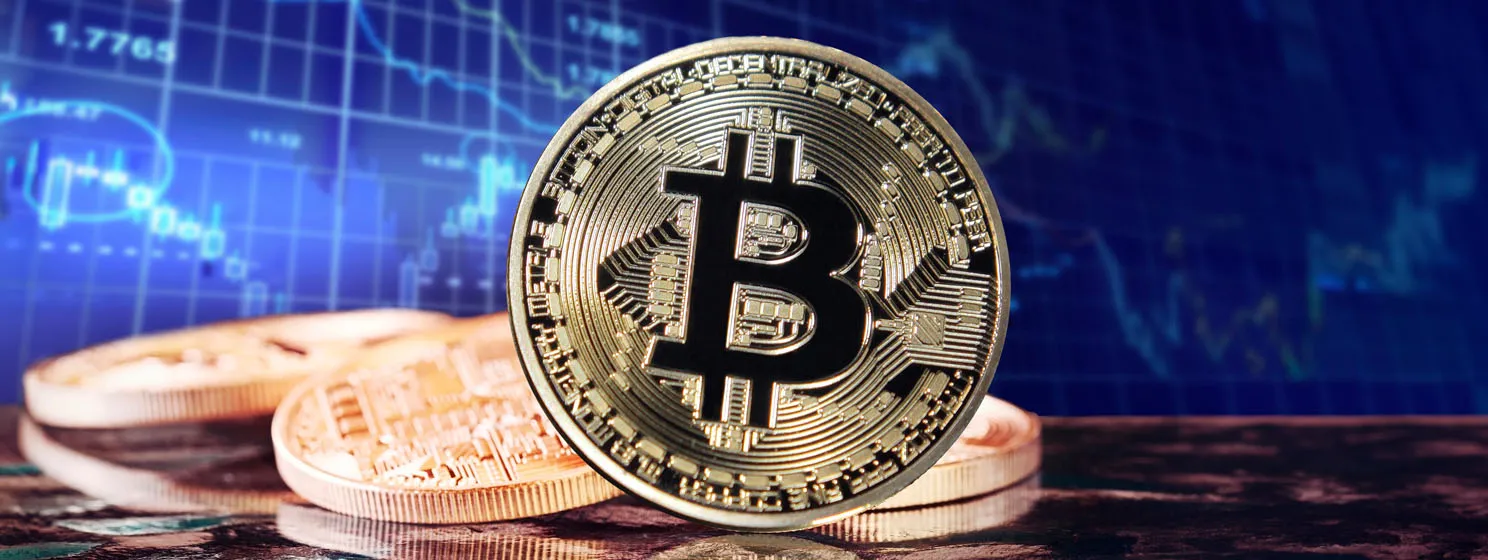|
Getting your Trinity Audio player ready...
|
The BTC network, often hyped as “the future of money,” is embarrassing itself yet again. Network congestion due to increased activity is causing average per-transaction fees to top US$10—far too expensive for anyone to use BTC as money. What’s causing this congestion? It’s not people suddenly deciding that BTC is a better form of money than fiat currencies, but a simple uptick in NFT trading.
That’s right, people trading JPEGs using BTC’s “Ordinals” protocol is crushing the network. The home of “small-blocker” zealots who claim to have “won” the scaling debate in 2017, BTC falsely claims to represent the most popular and only valid form of Bitcoin today. But that “victory” has come at a price. A single BTC unit may still be worth US$28,000 on the trading markets, but it has very little utility for anything else.
You definitely do not represent the future of money if your primary use case is making speculative fiat profits for buy-low-sell-high traders. This is a problem in an era where bank failures are once again in the headlines, and confidence in both fiat currencies and the traditional financial system is dropping.
BTC’s market cap (at press time) is US$546.63 billion. In Q1 2023, a total of $18.68+ trillion (with a “T”) was deposited in American banks. The U.S. median savings account balance is ~$7,000, and according to the FDIC, in 2021, 107.5 million U.S. households (around 81%) were “fully banked”—that is, they did not use any nonbank transactions or credit that year.
The U.S. is the largest banking market, but it’s still only a percentage of the world’s total. Could we migrate all that to BTC, even if it takes a year or two? No way. Could we migrate all that to BSV? Yes, we could. Read on to see why.
Some background on transaction block sizes
The debate over how Bitcoin should scale has raged for almost as long as Bitcoin has existed. The Bitcoin protocol stipulated that one block of transactions be processed every 10 minutes. In 2010, creator Satoshi Nakamoto placed a temporary 1MB size limit (down from 4MB) on those blocks to protect against spam attacks.
The “big blocker” side insisted that Bitcoin’s 1MB transaction block limit would one day cripple the network with sky high transaction fees and prevent widespread adoption, and argued the temporary limit should be removed—either gradually or all at once. The “small blocker” side said the limit should be increased only very slowly, if at all.
In July 2017, the Bitcoin network “forked,” leading to competing “Bitcoin” assets BTC and BCH. BCH left open the potential to increase the block size by maintaining the original protocol rules, and “big blockers” flocked to that network instead. Left unopposed, the “small blockers” found themselves in control of BTC and have moved to make block size caps permanent, claiming this makes the mining network more “decentralized” and thus more resilient. The changes they introduced to the BTC protocol that year, such as segregated witness (SegWit), changed how Bitcoin transactions function. The other proposed solution was to move smaller transactions to other “layers,” entirely separate networks (e.g., Lightning) that would batch transactions and settle them on the main chain less regularly.
BTC was purposely engineered for high fees by Gregory Maxwell: a man whose name is on more significant white papers, GitHub commits and roadmaps associated to Segwit, Taproot, Lightning and the small block, high fee model that you're experiencing right now.
Here he is quoted… pic.twitter.com/x5Fi5j1AvK
— Kurt Wuckert Jr | GorillaPool.com (@kurtwuckertjr) May 8, 2023
SegWit promised to solve the scaling problem by moving signature data out of the main transaction blocks, and BTC now calculates “transaction block weight” instead of size-per-byte. BTC allows a “block weight” of up to 4MB, which is still too small to handle useful traffic.
In 2018, Bitcoin SV (BSV) took the original protocol BCH had preserved, restored its 2009 form, and later removed all transaction block size limits from the code. BSV miners (aka “transaction processors”) can individually decide what size blocks they will process.
Fast-forward to the 2020s, and while the BTC asset price represents “victory” for the small-blockers, BSV’s millions of transactions per day represent the same for the big-blockers. BSV’s unit price is far lower, but the network actually functions as digital cash. It also handles contracts and tokens, all while keeping transactions fast and fees at around a thousandth of a U.S. cent.
Despite its unit market price, BTC does not function well as digital cash. No digital cash system is useful if a transaction costs $10 or more, or if transactions fail altogether due to congestion.
BTC’s grand dilemma
Users and developers have reacted to the situation by saying NFTs/Ordinals are improper transactions that should not be allowed on the network. Some have called for miners to prohibit Ordinals transactions. This exposes the myth that BTC is open for anyone to use. And in any case, banning Ordinals is only one solution—if everyone in the world started using BTC as money, whether they’re trading NFTs or not, the BTC network would choke to death on its own “success.”
BTC now finds itself in a dilemma. Its proponents and Core protocol developers are steadfastly opposed to large block sizes and nearly all those who would suggest this left the network years ago. At the same time, they still haven’t managed to solve Bitcoin’s scaling problem, and options to do so are limited.
Any fix involving a ban on certain transaction types would only demonstrate how a small cadre of developers can exercise policy control over the BTC protocol and how the network may be used, undermining one of BTC’s main selling points. On the other hand, allowing anyone to use BTC transactions as they see fit will lead to more Ordinals-like situations, congestion, and higher fees.
As one commenter put it, “This community is supposed to be strong enough to handle quantum attacks, but watching it be defenceless to jpegs is embarrassing”:
There are 400,000 pending transactions on the bitcoin network and binance halted transactions due to the congestion and high fees
I’ve been warning people of this for months and the righteous bitcoin maxis have kept their mouths shut because they can’t admit bitcoin has any… pic.twitter.com/jIopTRj7j8
— Crypto Tea (@CryptoTea_) May 7, 2023
‘Just use Lightning’
The common response to this mess is “Just use the Lightning Network.” In theory, that is an option. But even Lightning comes with a bunch of pitfalls: it’s complicated for the average person to learn to use; it requires on-chain transactions to set up “payment channels” which must be kept funded to do anything; and users are then at the mercy of channel operators who can shut them down at any time.
#BTC fees are expensive and the #Lightningnetwork cannot fix this as it requires these expensive on-chain transactions to work. pic.twitter.com/EbwUAg5wv3
— Phil Fast (@FastOhSoFast) May 7, 2023
We should add any transaction on the Lightning Network is off-chain. There’s no blockchain record of the transaction, which means no audit trail. In other words, a Lightning Network transaction is not actually a “Bitcoin transaction” at all—so what’s the point? To borrow from BTC’s “digital gold” metaphor: gold is something physical you can hold in your hand, but you can also profit from gold-related investments like derivatives or mining company shares. Any of these could earn you a dollar profit. Derivatives and shares are more liquid. But which option is more secure, and which would you prefer to own in a system-collapse event?
The fee increases are boosting miners’ income, but only by making transactions more expensive and not by increasing volumes overall since there’s a hard cap on how much data can go into a small block:
Fee income as percentage to the block reward on #BTC is approaching 100% pic.twitter.com/f05hbbgQJz
— shua (@cryptoAcorns) May 7, 2023
Some would ask, “Well, isn’t that good for miners?” Well, the answer is yes…if you think rents increasing 800% is good for landlords, or loaves of bread costing $50 is good for bakers. That is, it would appear so on the surface—but it represents an unsustainable negative for the masses who actually need to use the product. And given that BTC is not an essential necessity like bread or housing, it ultimately means people won’t use the network.
BTC miners also ask why they should ban or censor Ordinals transactions when it’s making them so much money. BSV miners/transaction processors point out there’s no need to ban anything, just increase the block sizes and have more transactions.
May 7, 2023, marked one of the only times in BTC history that transaction fees in a single block were higher than the miners’ block reward. Foundry USA Pool earned 6.7 BTC for block 788,695, above the reward of 6.25 BTC. One block before the most recent “halving” event has achieved a similar feat (organically due to high demand, that is, not including mistaken fee overspends by users)—block 500,546 in December 2017 earned 14.82 BTC in fees plus a 12.5 BTC block reward when the BTC price was hitting an all-time high for the time.
BREAKING: #Bitcoin block 788695 contained transaction fees greater than the block subsidy.
6.7 BTC transaction fees + 6.25 BTC subsidy
This is a the first time in history this has ever occurred due to competitively high block space demand. pic.twitter.com/J7IcwzIVKE
— Joe Burnett, MSBA (🔑)³ (@IIICapital) May 7, 2023
Again, that’s good for miners (or at least those who processed those particular blocks). However, the block reward is still halving every four years or so. For a proof-of-work blockchain network like Bitcoin to remain profitable enough for miners to participate, fees need to outstrip block rewards regularly.
Maintaining a congested transaction pool and forcing users to pay exorbitant fees to get into a block is not the answer to this problem. Should it become a regular occurrence on BTC, usage will fall as dissatisfaction grows. As Satoshi Nakamoto described, the correct way for this to happen is by increasing actual usage in the form of more transactions, not higher fees for the same number.
Gorilla Pool mined Bitcoin block 733,689 on Bitcoin’s BSV network in April 2022. 3.65 GB (with a “G”) in size, it contained 2,512,670 transactions and earned 9.76 BSV in fees—61% above the block reward of 6.25 BSV.
Big blocks matter! 9.76 coins in fees on top of the 6.25 coin subsidy. 2.5 million txs per block using SHA256 with the bitcoin protocol (BSV Blockchain).
It's easy to switch between chains, so send us some hash rate at https://t.co/JzjUjawmKY. pic.twitter.com/mHxoeuoXVm
— GorillaPool (@MineLikeAnApe) April 4, 2022
Market/dollar prices for coins on each chain are less relevant, too, as they are not fixed and could rise or fall dramatically at any time. Should it become more profitable overall to mine on BSV than BTC on a regular basis, the risk to BTC is that many miners quit the network in a short time. If that happens before mining difficulty can adjust to new participation levels, BTC runs the risk of “chain death”—that is, the network may simply grind to a halt as there isn’t enough hashing power to reach the next block. It’s a worst-case scenario, but still possible. This is not what you want in a potential global reserve currency.
This is not a great ad for ‘alternative finance’
As the small-blocker cult of BTC constantly likes to remind us, Bitcoin is supposed to be “the future of money,” and part of its appeal lies in the myth that it’s a viable alternative to the current banking/financial system completely or that it could replace the USD as a global reserve currency.
It can’t and won’t do either of those things if on-chain transactions cost $10 or more. For the record, the average transaction fee on BTC was a whopping $62 in April 2021. Even in late 2017 (after the first “fork” between BTC and BCH), fees were forcing Bitcoin-accepting businesses to stop using it, and a lot of interesting startups disappeared from the scene.
Now imagine the hypothetical scenario where the world’s fiat currencies undergo a simultaneous collapse, and billions of people decide to use BTC instead. Believe it or not, some BTC people still insist this will happen someday. But if we’re seeing $10 transaction fees due to NFT trading among a small enthusiast group that are only generating around 500k transactions per day, the entire world suddenly switching to BTC in a panic would be a complete disaster. Despite what you may have seen in industry headlines, populations have not switched to BTC en-masse even in currency devaluation events like Venezuela or Zimbabwe, and the recent lack of confidence in Western banks has only moved the BTC awareness needle slightly.
BTC is not ready to perform the main task it promised to do for so long. All that hype has served only to pump the speculative price for BTC holders and hoarders, who will mock anyone that actually spends their coins by reminding them how many dollars they’ve sacrificed. Pointing out that BTC-as-money promotion is mainly self-serving hype to inflate the price of their “digital gold” stashes is guaranteed to generate outrage.
Gettin' lots of hate from the smallblocker cult today.
It's because #BSV threatens their bags.And yet again a reminder: BTC is so crippled it couldn't replace fiat currencies even if people wanted it to.
— Jon Southurst 🚂 @1259 (@BitcoinSVtrain) April 27, 2023
Bitcoin could have been so much better than all this. In fact, it still is. Bitcoin can still fulfill every promise made in its earlier days, but only with its original protocol intact. Luckily for the world, that original protocol still exists as BSV.
Follow CoinGeek’s Crypto Crime Cartel series, which delves into the stream of groups—from BitMEX to Binance, Bitcoin.com, Blockstream, ShapeShift, Coinbase, Ripple,
Ethereum, FTX and Tether—who have co-opted the digital asset revolution and turned the industry into a minefield for naïve (and even experienced) players in the market.

 08-21-2025
08-21-2025 





